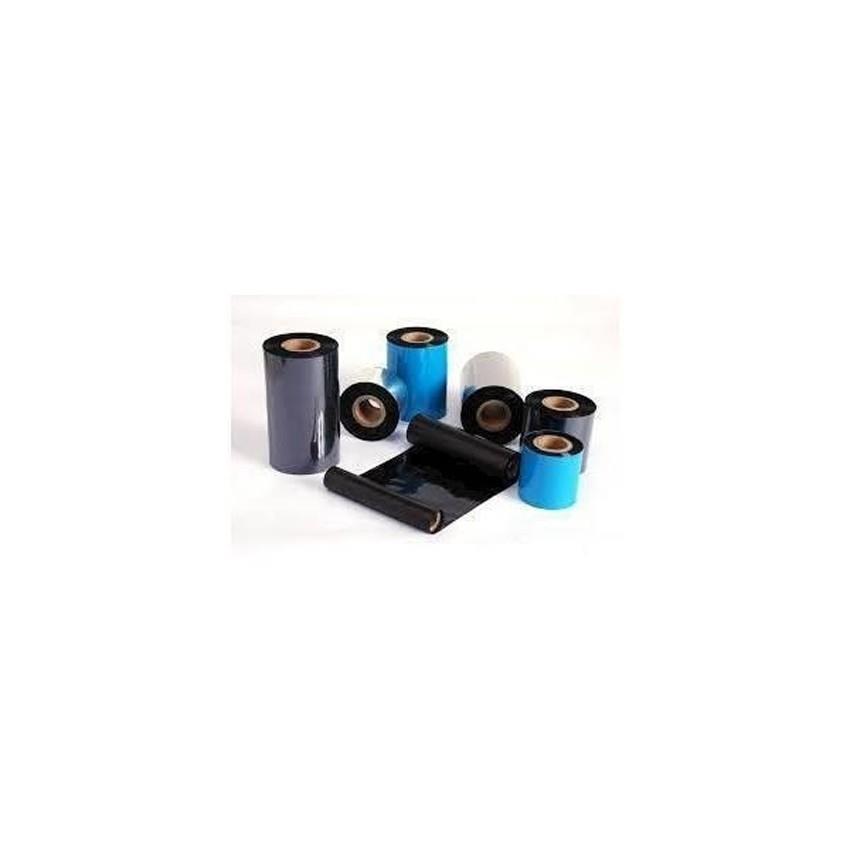

After all, they’re technically not part of the barcode. Quiet zones, i.e., the white space around the symbols, are unheralded as a barcode element. Proper lighting can compensate for issues such as these, but there’s little substitute for packaging material that’s uniform to begin with. Glossy materials combined with adverse lighting conditions can cause reflections and, subsequently, no-reads, while backgrounds with busy and inconsistent patterns, like metallic surfaces, run into similar problems. Texture and reflectivity can have an impact as well. As a result, the nature of the material is a big concern and not just relative to the color.
BARCODE X OUT CODE
As the code can be printed directly on (or marked into) the packaging material, the latter effectively serves as the background. The readability issue surrounding the need for high contrast extends to the packaging material. So, the color of the bars must compensate for the required high contrast, with the bars having to be the darker of the two elements. Some are printed directly on the packaging, which isn’t always white either. However, not all barcodes are printed on white labels. That’s because when one thinks of barcodes, they tend to see the iconic black bars on white background. It’s downright logical but rarely considered before it gets to the point when you have to create and print the darn thing. It can be typed in as a last resort in case the code is unreadable. The reason why, when barcodes are typically scanned in, is simple: The HRI is the back-up. That means in a clear font that’s proportional in size to the code. The text below the barcode, or Human Readable Interpretation (HRI) of the encoded value, has to be made legible as well. You don’t have to just worry about the branding information on your product packaging. The end result would be increased difficulty detecting them, leading to other potential complications at the point of sale. If barcodes are created on the same layer as other elements, you run the risk of obstructing them. When creating barcodes for your packaging, it’s critical that you do so on a separate layer (one that includes all barcodes). Create Barcodes on a Separate, Individual Layer

In two-dimensional symbols, the X-dimension meanwhile corresponds to the height and width of one cell, meaning all cells should be the same size. The X-dimension, or the width of the narrowest bar in a 1D code, determines the ideal size of the symbol as, with each target x-dimension, there is a target height. So, more difficulty at the point of sale and fewer sales overall. On the other hand, barcodes can get as small as one 1/8 in 2, but special printer considerations would have to be taken in such an instance so each element remains readable.įurthermore, reducing the height of a barcode (or truncating it) may seem smart, but it reduces its ability to be scanned omni-directionally. There’s generally a balance between printing accuracy, where larger is better, and ease of scanning, where too large can pose a problem. Size also enters into the equation as barcodes get printed in larger sizes to improve their readability and compensate for certain surfaces’ poor quality. For example, EAN-8 barcodes, which contain a relatively minimalistic eight digits, are used on packaging with limited space. Just to illustrate that fact, 1D or linear types typically serve to code small amounts of text, while two-dimensional types can hold upwards of 4,000 text characters or 7,000 digits.Īs a result, a list of the different types and their respective functionalities are worth considering here, along with how much space with which you have to work on the packaging. Logically speaking, not all of them will be good fits for your specific needs as a company looking to go to market. There are many different symbologies (types) spread across one-dimensional (1D) and two-dimensional (2D) barcode categories. Here are 10 Ways to Improve Your Barcodes: 1. It makes sense then that companies would want to ensure the barcodes they place on their products are perfectly functional. The dependency is understandable though, as barcodes are just that much more effective relative to labels… they can contain that much more information.

It’s a bit of a conundrum in our technologically advanced day and age, but, without barcodes to scan, the retail world would effectively grind to a halt.


 0 kommentar(er)
0 kommentar(er)
